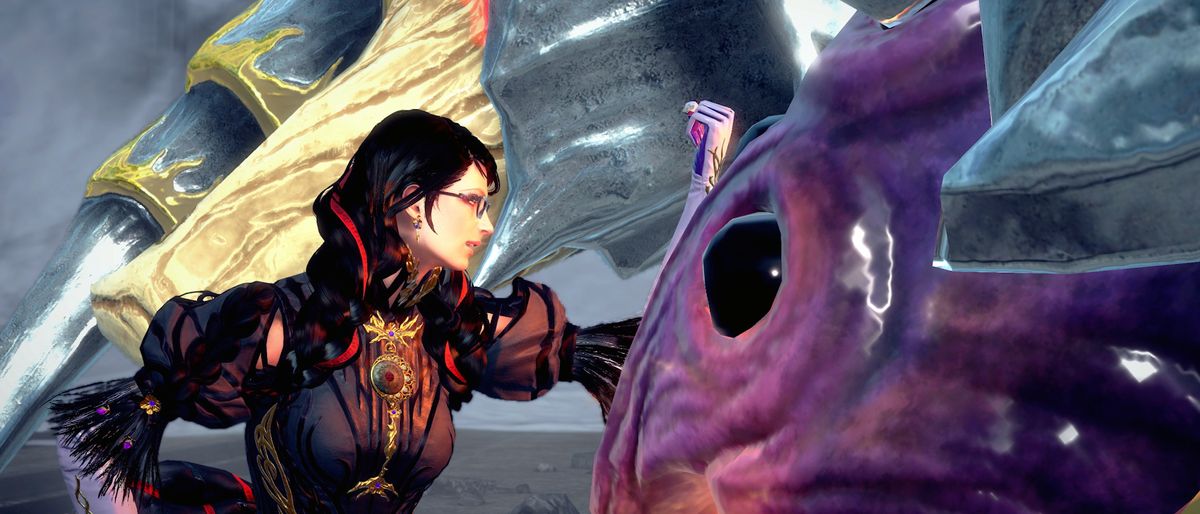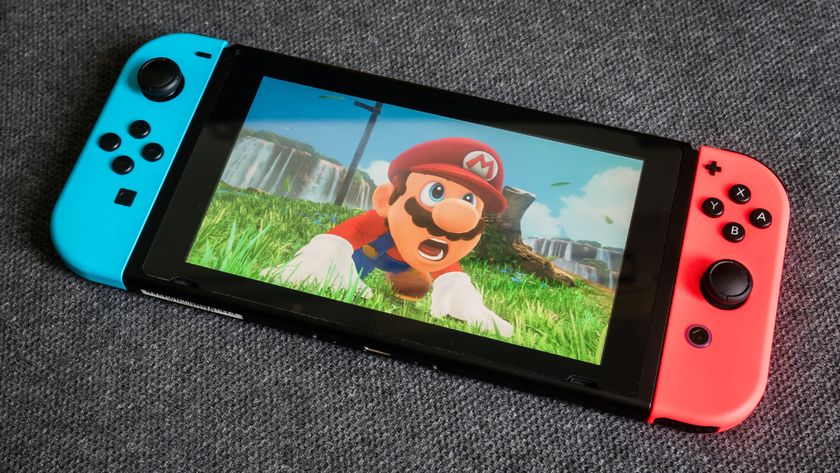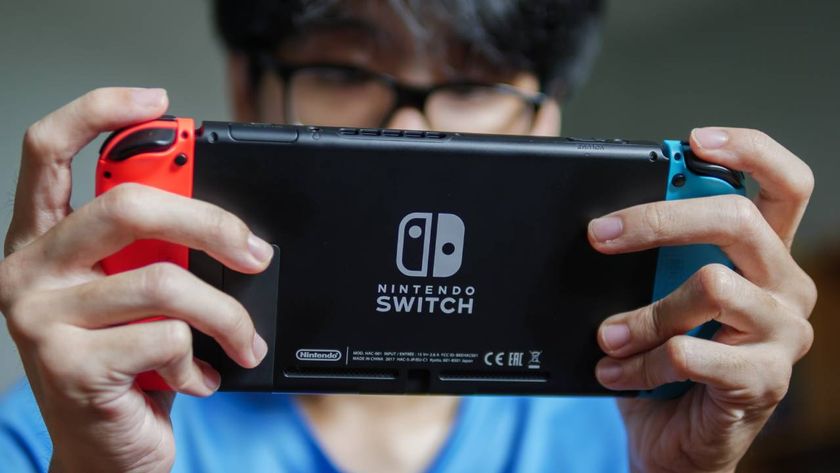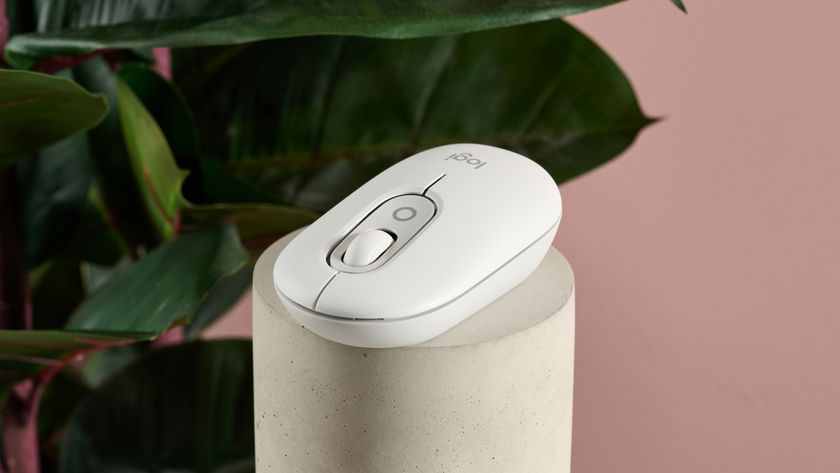TechRadar Verdict
Endlessly satisfying combat, tons of weapons and combos, bags of collectibles and a firm-but-fair ranking system make Bayonetta 3 highly replayable. Sadly, the Nintendo Switch struggles to keep up, often taking the shine out of the game’s more ambitious moments.
Pros
- +
Dopamine-inducing combat
- +
Jaw-dropping setpieces
- +
New Demon Slave mechanic rules
Cons
- -
Wildly inconsistent framerate
- -
Long load times
- -
Occasional low quality textures
Why you can trust TechRadar
Bayonetta 3 is a stunning return to form for Platinum Games. Its slick action sequences and combat rarely miss a beat. Each weapon you acquire brings a list of combos longer than those comically large scrolls in Looney Tunes cartoons. And juggling enemies, both small and colossal, with those strings of linked attacks is immense fun.
The voice actor controversies aside, Bayonetta herself remains the lovably cocksure witch on a mission to kill god-like entities that made her an icon over a decade ago. Whether she’s smugly calm in the wake of a city-destroying catastrophe, or smack-talking demons into submission, Bayonetta is a constant source of joy in a really quite miserable setting.
Witch it up
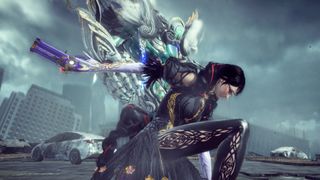
In her quest to destroy a dimension-hopping foe: the humanoid Homunculi, you’ll leap through portals into other worlds. Yes, it’s a multiverse plotline, but before I hear any groaning at the back, Platinum uses this device to deliver you a series of incredibly cool set-pieces quickly.
Why bother with traveling between locations and letting the landscapes gently change when you can just open a portal, throw the player into an utterly destroyed version of Tokyo one moment, and then drop them into a charming, fairytale-esque island the next? It makes for a breathlessly inventive campaign, with big moments like a mission that culminates in a 1v1 battle between kaiju-sized demonic entities.
The story is blissfully more straightforward than the often convoluted lore of the first two games. That doesn’t mean established canon plays no part in Bayonetta 3, but those unfamiliar with the series up to this point don’t have to worry about missing any crucial details. Outside of the odd throwback or reference, Bayonetta 3 is extremely friendly to newcomers.
The multiverse concept shines as our witch runs into fun, quirky ‘other’ versions of herself from whom she’ll often pick up new weapons and abilities. And the old guard is still represented here in characters like Jeanne, Bayo’s once-rival turned closest comrade, and Rodin, the smooth-talking merchant of the underworld.
The most notable new character, the katana-wielding Viola, is the one who sets the game’s events in motion by introducing Bayonetta to the existence of the multiverse. She adds a fun sprinkling of 2000s era punk mixed with Devil May Cry’s Vergil. And she has a massive, demonic pet cat who rides a unicycle, so bonus points for that.
Platinum style
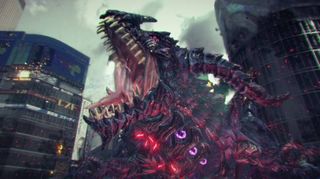
Bayonetta 3 is a challenging game, even on Normal difficulty, and it will punish you for neglecting defense and evasion. That punishment encourages you to mix up your technique with different combos and weapons, but your reward is the bombastic set pieces that litter the campaign. I wanted to progress simply to see what Platinum would throw at me next.
Thankfully, evasion is something you’ll actively want to do. As in prior games, a last-moment dodge will activate Bayonetta’s iconic Witch Time maneuver, slowing down time for everything but her. This grants you a wonderful few seconds to wail on foes with your most powerful combos while they helplessly flail in time-dilated fashion.
Bayonetta’s packing more than some fancy flips and cartwheels, though. Her roster of weapons and Demons are the real stars of the Homunculus-slaying show. Her standard moveset, Colour My World, uses close combat punches, kicks, and her four limb-mounted pistols – two in the hands and two in the boots, obviously. It’s great for easing beginners into the high-octane, thrilling combat of Bayonetta 3.
The new Demon Slave ability is perhaps the logical conclusion of what Bayonetta is capable of in combat.
It’s not long before the witch’s repertoire expands, though. Early weapons like the bazooka-like G-Pillar and infernal Fisher-Price toy Ignis Araneae Yo-Yo fill out the ‘strong-but-slow’ and ‘weak-but-fast’ archetypes. But they’re so much more than that, even going so far as to change Bayonetta’s projectile, how her jump works, and the demonic forms she can transform into for traversal.
The G-Pillar, for example, can charge up and launch Bayonetta great distances by firing its projectile backwards, propelling the witch forwards. It’s details like this that made me feel rewarded for experimenting with all the different weapons.
Then there’s the Demon Slave ability, a new addition to Bayonetta 3, perhaps representing the logical conclusion of what the witch is capable of in combat. By holding ZL, Bayonetta summons a demon from her infernal menagerie. And though it renders her immobile while they’re active, the demons can draw attention away from her and dish out some serious damage in a pinch.
And if you’re especially good at the game, you can start weaving these demons’ attacks – like Gomorrah’s glancing bite or Madama Butterfly’s stun-inducing kiss – into Bayonetta’s own combos. It’s a fantastic risk-versus-reward mechanic that adds even more options during combat.
Switch Pro when?
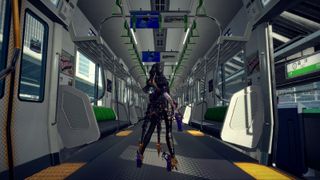
Bayonetta 3 is one of the most technically ambitious games on the Nintendo Switch. Almost every stage has a jaw-dropping moment, be it an impossibly flamboyant boss battle or a mind-bending, buildings-warping set piece. It’s a gorgeous game to behold, but unfortunately, Bayonetta 3’s bravado comes at a cost that’s tough to ignore.
I kept noticing the Nintendo Switch buckling under Bayonetta 3’s demands, as if being subjected to one of the witch's sadistic torture attacks. Platinum is targeting 60fps like it did with the earlier games, but even during quieter moments, the console has a tougher time maintaining a smooth framerate.
Environments are much busier, there are particle effects aplenty, and enemies (and their animations) are bigger and more detailed than ever. The Switch’s aging hardware just can’t keep up.
Bayonetta 3 is perfectly playable throughout, never dipping below the 30fps mark, but it sinks that low far more often than its buttery smooth predecessors ever did. I wouldn’t want Platinum to have made a smaller game that was more forgiving to the console, but Bayonetta 3 clearly indicates we need a Nintendo Switch Pro soon.
Bayonetta 3 is about as good a sequel as I could hope for. Platinum may be able to optimize the game into a smoother experience in future, but despite these technical failings this sequel isn't once predictable or dull in its 15 - 20 hour runtime.

Rhys is TRG's Hardware Editor, and has been part of the TechRadar team for more than two years. Particularly passionate about high-quality third-party controllers and headsets, as well as the latest and greatest in fight sticks and VR, Rhys strives to provide easy-to-read, informative coverage on gaming hardware of all kinds. As for the games themselves, Rhys is especially keen on fighting and racing games, as well as soulslikes and RPGs.
Most Popular





